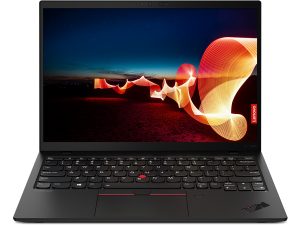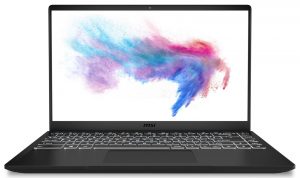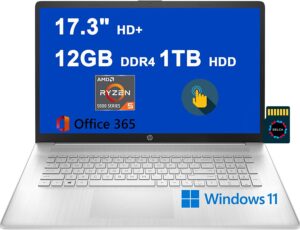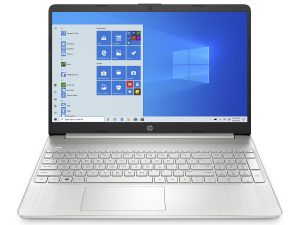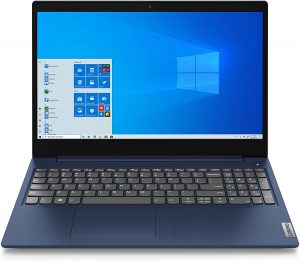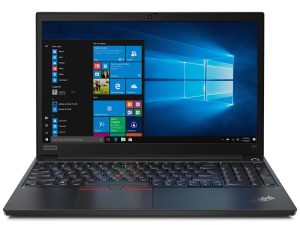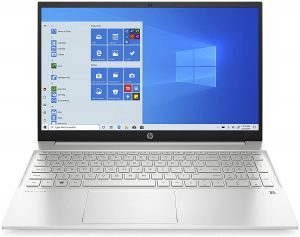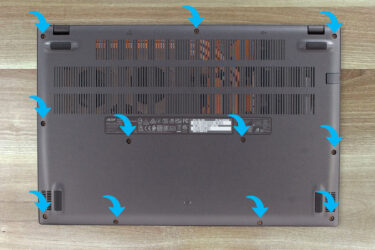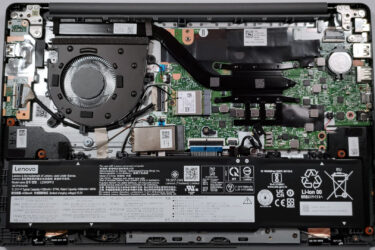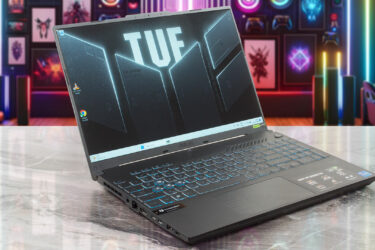[Comparison] Intel Core i7-1160G7 vs AMD Ryzen 5 4500U – the phrase “newer is better” holds some truth in this comparison
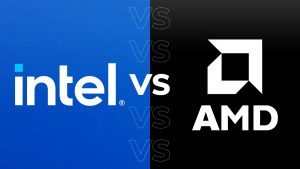 In the times where manufacturers are thinking of how to shrink down hardware as much as possible, we get the CPUs of this comparison. Power efficiency is becoming more and more important, as we see chips places nearly everywhere nowadays. We now have self-lacing shoes and smartwatches and many more, which need computing power in order to do the job that they’re designed for. The new Core i7-1160G7 is a step in that direction, coming in at just 9W TDP, some of the lowest that we have seen in a mainstream laptop. Challenging it today, we have the now one-year-old Ryzen 5 4500U, which can definitely put a formidable fight. Not only will they battle on the CPU, but also on the GPU front, so that we can see that sweet, sweet iGPU performance.
In the times where manufacturers are thinking of how to shrink down hardware as much as possible, we get the CPUs of this comparison. Power efficiency is becoming more and more important, as we see chips places nearly everywhere nowadays. We now have self-lacing shoes and smartwatches and many more, which need computing power in order to do the job that they’re designed for. The new Core i7-1160G7 is a step in that direction, coming in at just 9W TDP, some of the lowest that we have seen in a mainstream laptop. Challenging it today, we have the now one-year-old Ryzen 5 4500U, which can definitely put a formidable fight. Not only will they battle on the CPU, but also on the GPU front, so that we can see that sweet, sweet iGPU performance.
Today we are comparing the Core i7-1160G7 against the Ryzen 5 4500U.
You can check out our Top Laptop CPU Ranking, where you can find the best processors for laptops.
You can learn more about both CPUs here: Intel Core i7-1160G7 / AMD Ryzen 5 4500U
Specs table
| Intel Core i7-1160G7 | AMD Ryzen 5 5500U | |
|---|---|---|
| Architecture | Tiger Lake | Zen 2 |
| Lithography | 10 nm | 7 nm |
| Cores / Threads | 4 / 8 | 6 / 12 |
| Base / Max frequency | 2.10 – 4.40GHz | 2.30 – 4.00GHz |
| TDP | 7/9/15W | 15W |
| Cache | 12 MB | 8 MB |
| Memory type | DDR4-3200MHz, LPDDR4x-4266MHz | DDR4-3200MHz, LPDDR4-4266MHz |
| Integrated graphics | Intel Iris Xe Graphics G7 (96EU) | AMD Radeon RX Vega 6 (R4000/5000, 15W) |
CPU benchmarks
The Cinebench 20 results shocked us to be honest, with the older Ryzen 5 4500U taking the victory in the benchmark with a lead of 17%. However, the Core i7 showed up huge in the Photoshop test, finishing the benchmark first, with a lead of a second and a half.
Results are from the Cinebench 20 CPU test (the higher the score, the better)
Results are from our Photoshop benchmark test (the lower the score, the better)
GPU benchmarks
The GPU benchmarks were straight-up destruction. The Iris Xe Graphics G7 was by far the better iGPU, performing better in every benchmark and every game that we decided to test. To go into detail, it was 104% faster in 3DMark Fire Strike, finished with a lead of 124% in Unigine Heaven 4.0, and completed the hattrick with a 95% better performance in Unigine Superposition.
Results are from the 3DMark: Time Spy (Graphics) benchmark (higher the score, the better)
Results are from the 3DMark: Fire Strike (Graphics) benchmark (higher the score, the better)
Results are from the Unigine Superposition benchmark (higher the score, the better)
Gaming tests

| CS:GO | HD 1080p, Low (Check settings) | HD 1080p, Medium (Check settings) | HD 1080p, MAX (Check settings) |
|---|---|---|---|
| Iris Xe Graphics G7 (96EU) | 117 fps (+77%) | 116 fps (+152%) | 57 fps (+84%) |
| AMD Radeon RX Vega 6 (15W) | 66 fps | 46 fps | 31 fps |

| DOTA 2 | HD 1080p, Low (Check settings) | HD 1080p, Normal (Check settings) | HD 1080p, High (Check settings) |
|---|---|---|---|
| Iris Xe Graphics G7 (96EU) | 132 fps (+54%) | 80 fps (+74%) | 60 fps (+132%) |
| AMD Radeon RX Vega 6 (15W) | 86 fps | 46 fps | 26 fps |
Conclusion
The Intel CPU showed worse performance in 3D Rendering, but quickly got back on its feet and performed better in the Photoshop benchmark, with a lead of a second and a half. In the GPU benchmarks, the Iris Xe Graphics inside the Core i7-1160G7 was by far the better performer, scoring 104%, 124%, and 95% higher in 3DMark Fire Strike, Unigine Heaven 4.0, and Unigine Superposition, respectively. The gaming tests were also quite one-sided, with the Intel GPU performing 104% better on average in CS:GO and 87% better on average in DOTA 2. If it were up to us, we would go for the Core i7-1160G7. It performs better in Photoshop and is not that far behind in 3D Rendering, while its iGPU is miles ahead of the competition.
